Drug Abuse Threat Level Part 2 – Choices
June 26, 2019
Threat Level: Drug Abuse Part 4 – Recognizing Behavior
July 21, 2019
Published by
admin


Categories
Threat Level: Drug Abuse
Part 3: Recognizing Signs
Previously, we discussed how drug abuse is framed. This framing is very important because it affects how health professionals recognize drug abuse, how they speak about it, and how they treat it. The same applies to family members, friends, and co-workers. If people view addiction as a disease—a disorder of the mind that influences behavior despite the adverse effects that it causes—then they will be prone to recognize certain patterns of behavior as symptomatic. They might even be compelled to intervene at a critical stage to steer an afflicted individual toward a health professional. Obviously, prevention is the healthiest route for everyone, but early intervention increases the chance of successful treatment substantially. In this post, I will touch on some of the drug abuse signs that serve as red flags, especially when seen in combination with each other. They often fall under four broad and inter-related categories: cognitive, physical, behavioral, and emotional. We will touch on the first two categories here.

Drug Abuse Signs
It is important to always remember that substance use disorder influences more than a person’s behavior. According to the American Society of Addiction Medicine’s definition of drug addiction, “the neurobiology of addiction encompasses more than the neurochemistry of reward.” Changes to the frontal cortex of the brain can inhibit the brain’s ability to manage impulses and delay gratification. In addition, genetic factors are among those that have been demonstrated to increase an individual’s risk factor; these include cognitive deficiencies.

A few of the cognitive symptoms of substance use disorder are a preoccupation with substance use, altered evaluation of the benefits and detriments of substance use, and an inaccurate belief that the problems directly resulting from drug abuse are attributable to unrelated circumstances. These rationalizations evidence factors involved in how the brain processes information. This is crucial to understanding why relapses are a continuing danger to those who have suffered from substance use disorder. Drug abuse contributes to further cognitive damage resulting in significant impairment to the brain’s executive functioning: substance use disorder is a vicious cycle that reinforces itself continually.
The National Institute on Drug Abuse identifies common physical manifestations of substance use disorder, though it is careful to note that “the signs of drug use and addiction can vary depending on the person and the drug.” These include impaired speech and motor function, bloodshot eyes and pupils that are smaller or larger than normal, or sudden weight loss or weight gain.

ProjectKnow, a resource of the American Addiction Centers that provides residential and outpatient addiction treatment services, emphasizes the manifestation of increased tolerance for specific substances as a physical symptom of substance use disorder. It is important to note that increased tolerance is a different phenomenon than dependence on a substance. This distinction will be discussed in further detail in part 5 of this series.
Other common physical symptoms include deterioration in dental health, nosebleeds, continual congestion, and sudden intermittent complaints of feeling ill or having flulike symptoms. Here, it is good to remind everyone to always be aware of the context and combination of symptoms in attempting to deduce drug abuse, as many of these physical symptoms can be attributable to hundreds of causes.
Other common physical symptoms include deterioration in dental health, nosebleeds, continual congestion, and sudden intermittent complaints of feeling ill or having flulike symptoms. Here, it is good to remind everyone to always be aware of the context and combination of symptoms in attempting to deduce drug abuse, as many of these physical symptoms can be attributable to hundreds of causes.
In the next post, we will cover some of the behavioral and emotional changes that are common to individuals with substance use disorder.



